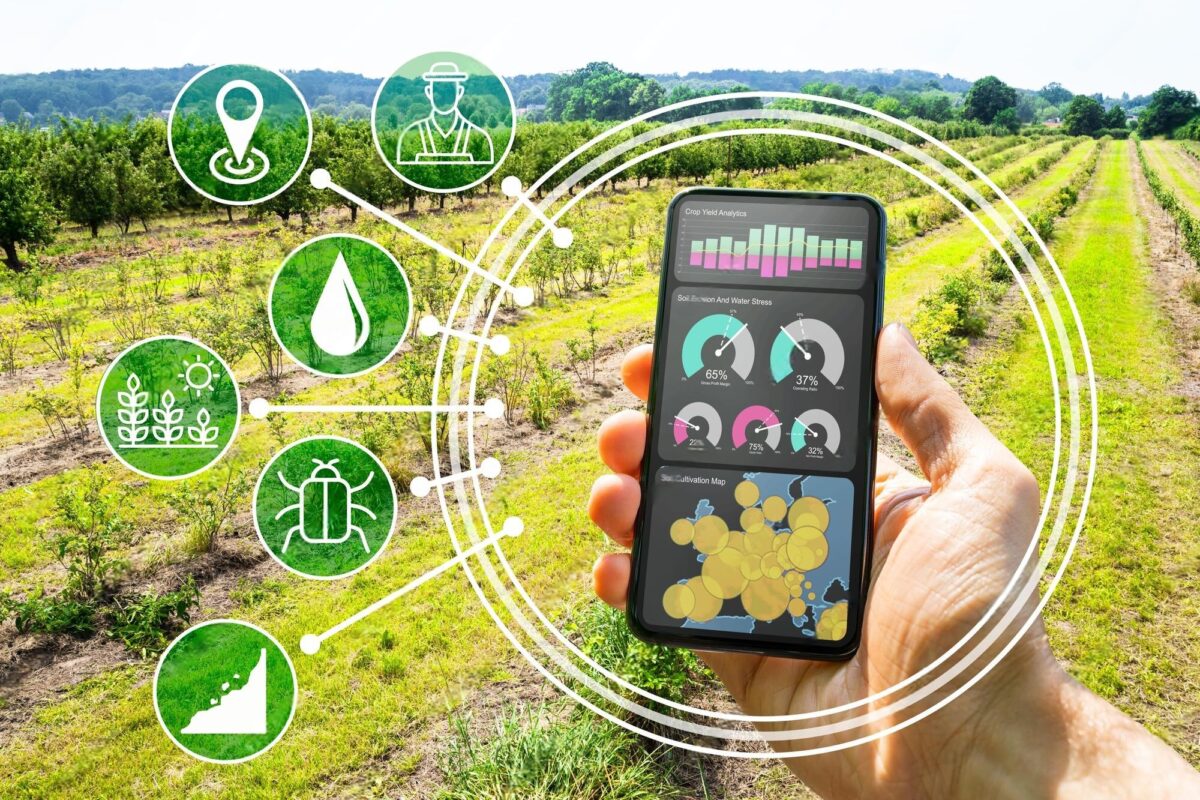AgTech Adoption: Trends, Opportunities, and Challenges for Farmers

Agriculture is undergoing a technological revolution, but what does that mean for the farmers on the ground? In a recent episode of AgTechTalk by AgriBusiness Global, Maria Mcuarter from Kinetic shared valuable insights into how technology is reshaping agriculture, and why some innovations catch on while others falter.
The Technology Transforming Fields Worldwide
Across global farmlands, certain technologies are proving their worth day after day. Precision agriculture has emerged as the clear frontrunner, with GPS-guided machinery and precision irrigation systems allowing farmers to apply exactly what’s needed, where it’s needed. By optimizing inputs and reducing waste, these technologies are creating both environmental and economic benefits.
“We’re seeing farmers embrace tools that show immediate, tangible results,” explained Mcuarter. “When a technology helps them save time, reduce costs, or increase yields in a measurable way, adoption follows naturally.”
Farm management platforms are also becoming indispensable, serving as digital command centers where weather data, crop monitoring information, and other critical insights converge. These platforms transform raw data into actionable intelligence, enabling farmers to make informed decisions in real-time rather than relying on instinct alone.
The Rise of Drones in Agriculture
Perhaps the most visible symbol of agriculture’s tech revolution is the drone. Once a novelty, these aerial assistants are now serious farming tools used for everything from crop monitoring to precision spraying.
Adoption patterns reveal interesting regional differences:
- China leads the world in agricultural drone deployment, with massive fleets handling large-scale operations
- American farmers show cautious but growing interest, gradually incorporating drones into their operations
- India’s drone adoption is surging, bolstered by supportive government policies and initiatives
- African regions face unique challenges with limited technical expertise and regulatory uncertainty, though public-private partnerships show promise for overcoming these barriers
Industry experts project drone adoption will continue climbing at 15-20% annually, potentially creating a $10 billion market by 2030. This rapid growth reflects how quickly drones have transitioned from experimental technology to essential farm equipment.
Why Farmers Hesitate to Embrace New Technology
Despite the clear benefits of agricultural technology, many farmers remain on the sidelines. Cost tops the list of concerns—farmers need confidence that expensive new systems will deliver returns before opening their wallets. Many look to neighboring farms for proof before investing themselves.
Complexity poses another significant barrier. New technologies demand time and effort to learn, resources that are already stretched thin on busy farms. As one farmer put it, “I don’t need another complicated system that requires hours of training and troubleshooting.”
Compatibility concerns also slow adoption, as farmers worry whether new tools will integrate with their existing equipment. This hesitation is compounded by connectivity challenges in rural areas, where unreliable internet access can render cloud-based solutions unusable.
In emerging markets, limited technical expertise and unclear regulatory frameworks create additional hurdles. Without adequate training and supportive policies, promising technologies often fail to take root.
Reimagining Crop Protection
The technological revolution in agriculture is reshaping crop protection practices as well. Innovations like optical spraying and autonomous weeding systems promise to dramatically reduce chemical use by targeting applications precisely where they’re needed.
While these developments might suggest a shrinking market for crop protection products, Mcuarter believes the reality is more nuanced. “The value of crop protection could actually increase as we transition to more sophisticated, research-driven solutions and environmentally friendly innovations,” she noted.
The Path Forward for AgTech Companies
For technology companies hoping to make an impact in agriculture, Mcuarter offered straightforward advice: focus on solving real problems for farmers. The most successful agtech solutions will be affordable, simple to use, and seamlessly integrated into existing farm operations.
“At the end of the day,” Mcuarter concluded, “technology that genuinely makes farmers’ lives easier and more productive will find its way to the field. Everything else is just a distraction.”
As farming continues its technological evolution, the companies that listen closely to farmers’ needs—rather than pushing technology for technology’s sake—will be the ones driving agriculture forward.



